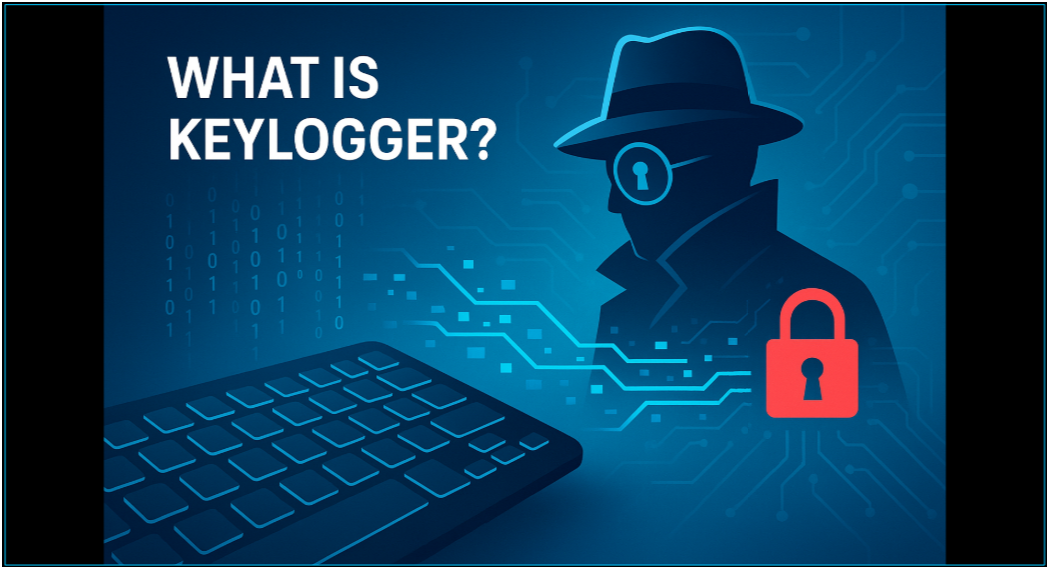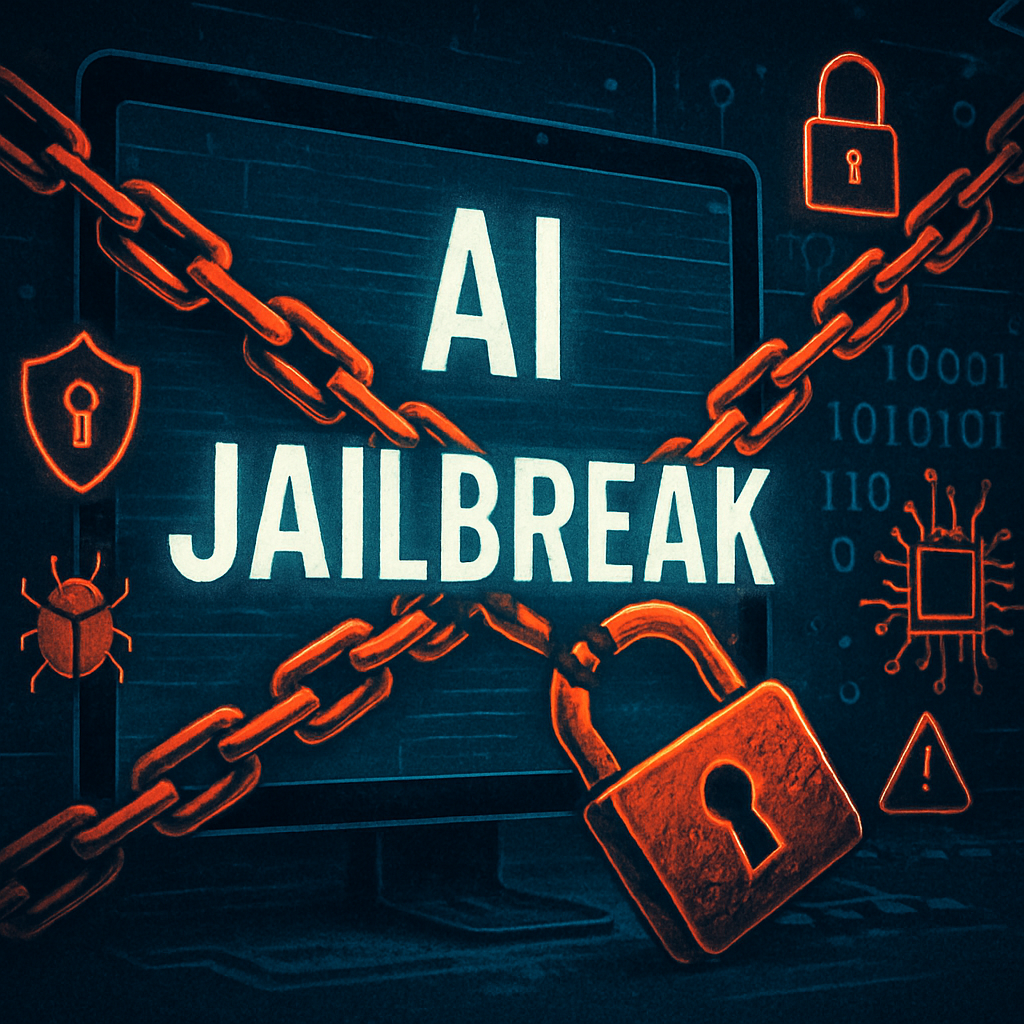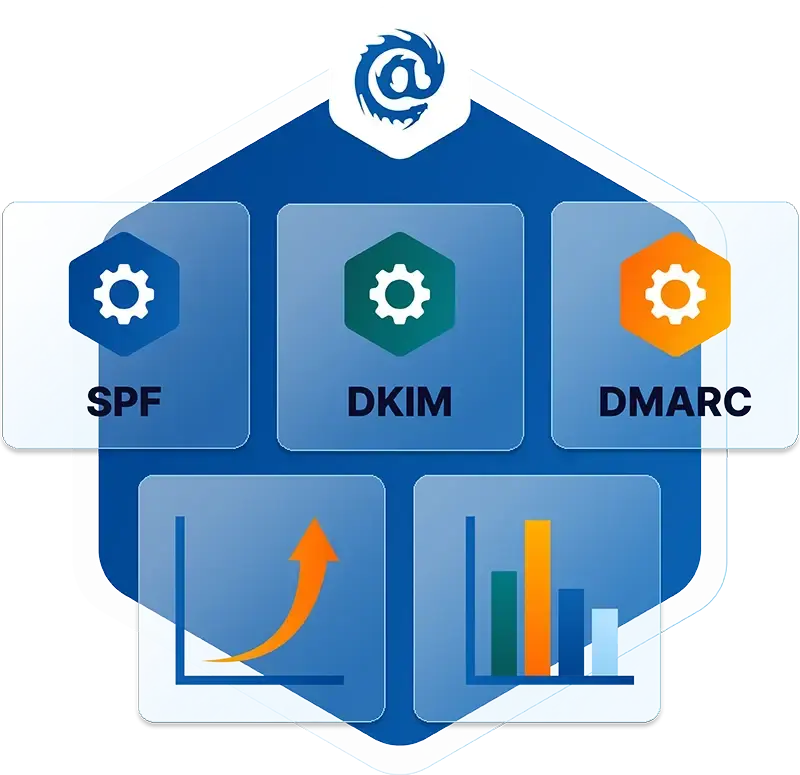Table of Contents
Managed Detection and Response (MDR) Explained
MDR services are designed to enhance an organization’s ability to handle and respond to cyber threats. They combine cutting-edge tools for threat detection with the knowledge and experience of security professionals who actively monitor, investigate, and respond to threats in real-time. The primary objective of MDR is to reduce the time it takes to detect and respond to threats, thereby minimizing potential damage and ensuring that an organization's security posture remains strong.
Organizations that deploy an MDR solution can dramatically reduce their time-to-detect from the industry average of 277 days to just minutes. This reduction in response time is crucial for limiting the impact of any security event and ensuring that organizations can quickly recover from incidents.
How Managed Detection and Response (MDR) Works
MDR operates by continuously monitoring an organization's IT environment for signs of malicious activity. It typically leverages Endpoint Detection and Response (EDR) tools to gather data from endpoints and detect potential threats. This data is then analyzed using a combination of automated tools and human intelligence to identify and prioritize real threats over false positives.
Once a threat is detected, MDR teams spring into action. They investigate the threat to understand its scope and impact, provide guided response actions to contain the threat, and then work to remediate the issue by restoring affected systems to a known good state. The MDR service ensures that threats are effectively managed from detection to resolution, offering a comprehensive security solution.
Benefits of Managed Detection and Response (MDR)
-
Rapid Threat Detection and Response: MDR services significantly reduce the time it takes to detect and respond to threats, which is crucial for minimizing the damage caused by cyberattacks.
-
Improved Security Posture: By continuously monitoring and optimizing security configurations, MDR helps organizations become more resilient to potential attacks.
-
Advanced Threat Hunting: MDR services employ skilled threat hunters who actively search for and identify sophisticated threats that automated systems might miss.
-
Effective Incident Response: MDR provides guided response and remediation services, ensuring that organizations can quickly recover from attacks and restore normal operations.
-
Resource Optimization: By handling the day-to-day management of security threats, MDR allows internal IT teams to focus on strategic projects rather than reactive incident management.
What Role Do Managed Detection and Response (MDR) Services Play in Email Security?
MDR is crucial in protecting organizations from sophisticated phishing attacks, email-based malware, and other email-borne threats. Email is a primary attack vector for cybercriminals, and MDR services can enhance an organization's email security by providing continuous monitoring, threat detection, and rapid response to suspicious email activity.
MDR services can integrate with email security platforms to analyze email traffic, detect anomalies, and respond to potential threats before they can compromise the organization. This integration ensures that email security is part of the broader cybersecurity strategy, providing a multi-layered defense against advanced threats.
Explore More Articles
Say goodbye to Phishing, BEC, and QR code attacks. Our Adaptive AI automatically learns and evolves to keep your employees safe from email attacks.

/Concentrix%20Case%20Study.webp?width=568&height=326&name=Concentrix%20Case%20Study.webp)












